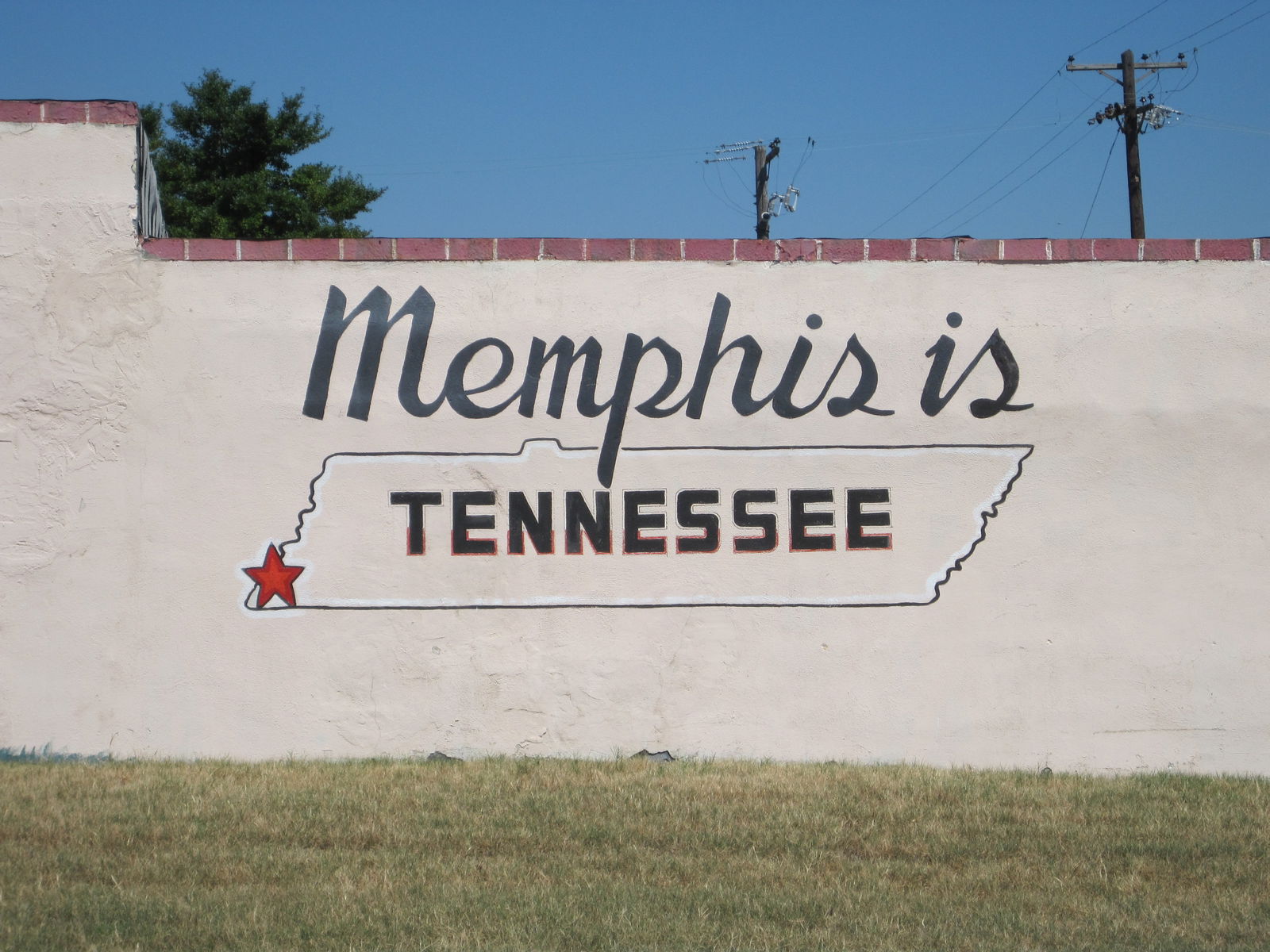
May 19, 2025
The 75,000 images chronicle ordinary Black life, capturing decades of Black weddings, graduations, and more.
In Memphis, a remarkable archive of 75,000 photographs offers an intimate look at Black life in the city—featuring not only glimpses of icons like B.B. King, Mahalia Jackson, and W.C. Handy, but more importantly, everyday moments. Captured over four decades by the Hooks Brothers Studio, the collection documents weddings, graduations, fraternity parties, sporting events, and the vibrant lives of ordinary Black Memphians.
According to The New York Times, the preservation of the photographs are important to understanding the fabric of a city like Memphis, and for that reason, the painstaking work of cataloging the photographs must happen, according to Andrea and Rodney Herenton, who purchased the collection before donating it to the Memphis Brooks Museum of Art and the National Civil Rights Museum so the photos could be preserved properly and displayed.
“It’s a priceless inheritance,” Andrea told the Times, adding that the collection would help “inspire and live and breathe and teach and connect the past to the present,” by leaving storage and entering the public domain.
The collection may also help untether Memphis to its connection and conceptualization to outsiders as the city where Dr. Martin Luther King Jr was assassinated, by illustrating that despite the city’s reputation as a place where poverty, violence and crime are prevalent, the city remained and remains a place where Black life and Black joy flourished.
Russell Wigginton, the president of the National Civil Rights Museum, which is located at the site of King’s assassination, the Lorraine Motel, indicated that the photographs function as a kind of anthropological record.
“People still found their way through tribulation. That is the strength of this community, despite the poverty, despite the historical challenges,” Wigginton told the newspaper. “There’s no party like a Memphis party. There’s nothing like when people are in community here, trust me.”
Community is the common theme of the photographs captured by the studio opened by Henry A. Hooks Sr. and Robert B. Hooks on Memphis’ most famous street, Beale Street, in 1907. At the time, the location had not yet become the tourist destination that it is today, it was still a hub for Black residents in a city that was still in the grips of Jim Crow segregation.
According to Ernestine Jenkins, a professor of art history at the University of Memphis, the archive of photos is unique, and she also revealed to the Times that she has a personal connection to the studio.
“It’s just so unique in terms of being such a long-term visual documentation of one community, one city. It documents you,” Jenkins said after she produced a photo of her mother’s class photograph from 1937, which was taken by the Hooks brothers.
Jenkins continued, “It documents your family. It documents your community. It documents your region. It documents Memphis.”
According to C. Rose Smith, an assistant curator at the Brooks Museum, the photos also offer context to a precursor to the current-day ideas of the logistics of capturing Black people in an aesthetically pleasing technique through media manipulation.
“It’s really thinking about line, shape and form,” Smith told the Times. “It’s thinking about contrast. It’s thinking about the beautification of a Black subject, and how the Hooks brothers may have even manipulated lighting to make sure they’re able to render Black skin tones correctly.”
Smith, a Memphis native, is committed to seeing the project through, even if they will be 60 years old before it’s completed. The immediate goal, however, is to have a collection of images ready for the exhibitions planned to debut in 2026.
To that end, Smith has been working with the Memphis community to identify people in the photos and the stories behind the photographs, visiting several senior citizens and alumni gatherings, finding some who had been photographed by the brothers. Until the collection is completed, the work of Smith and others cataloging the stories of Black Memphians will continue, undaunted by the work that lies ahead.
RELATED CONTENT: Community ‘Devastated’ After Blaze Leaves Lasting Damages To Memphis’ Clayborn Temple

